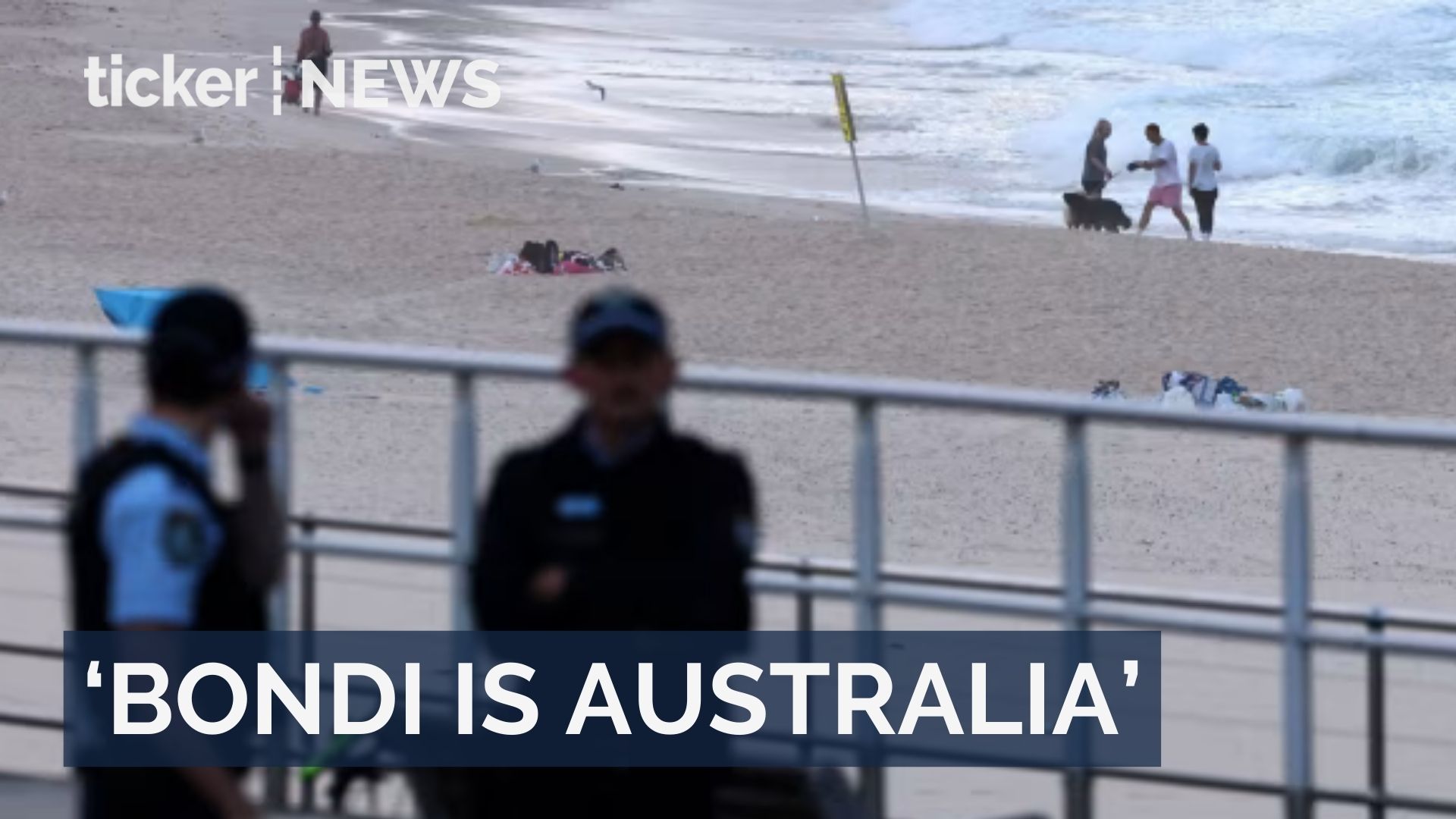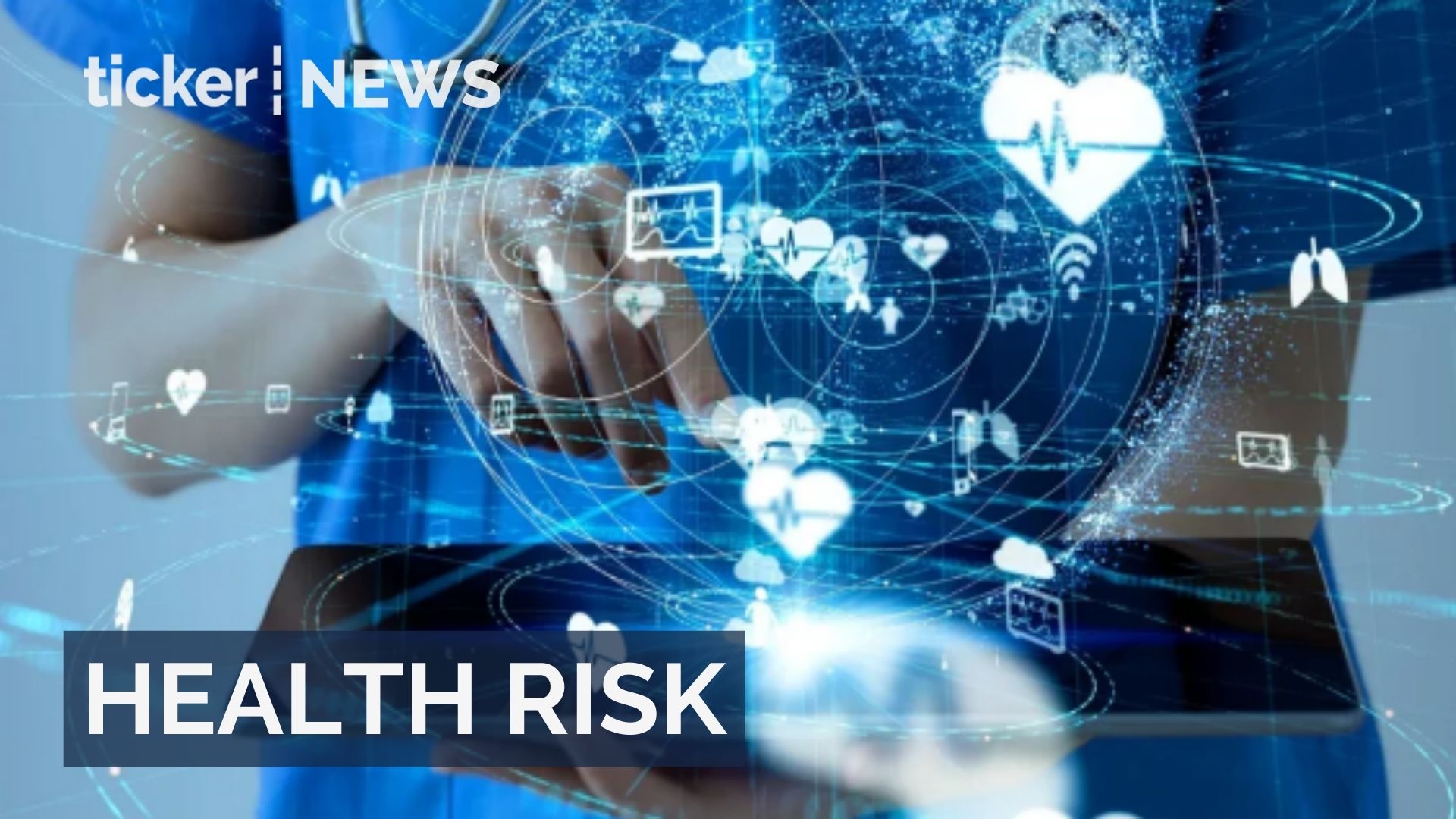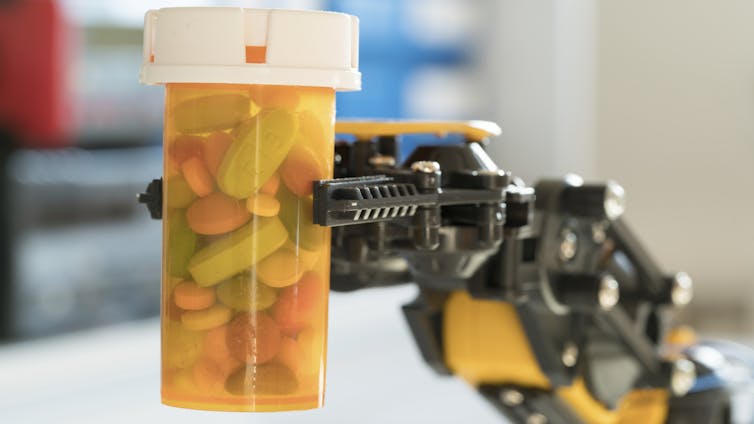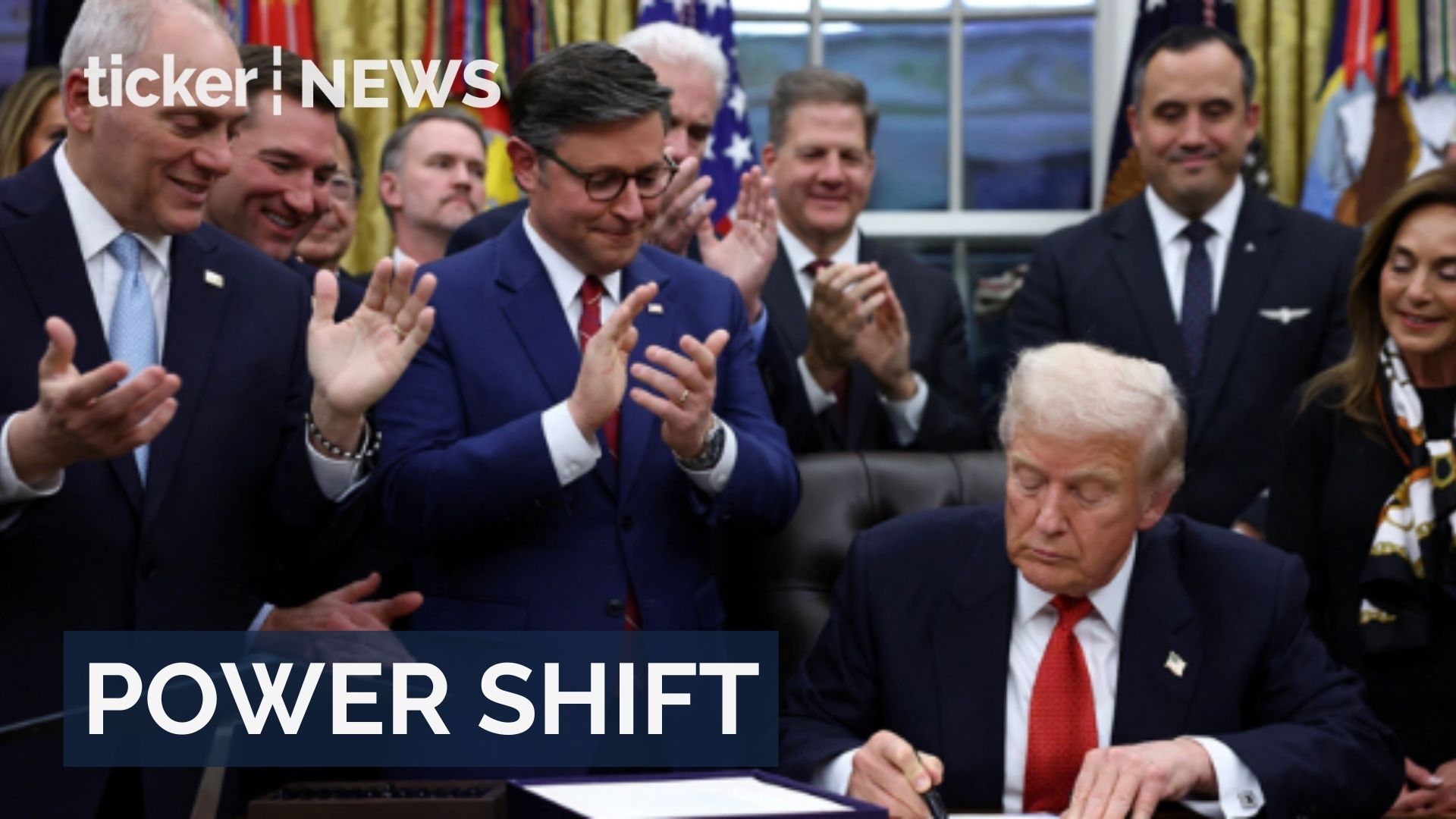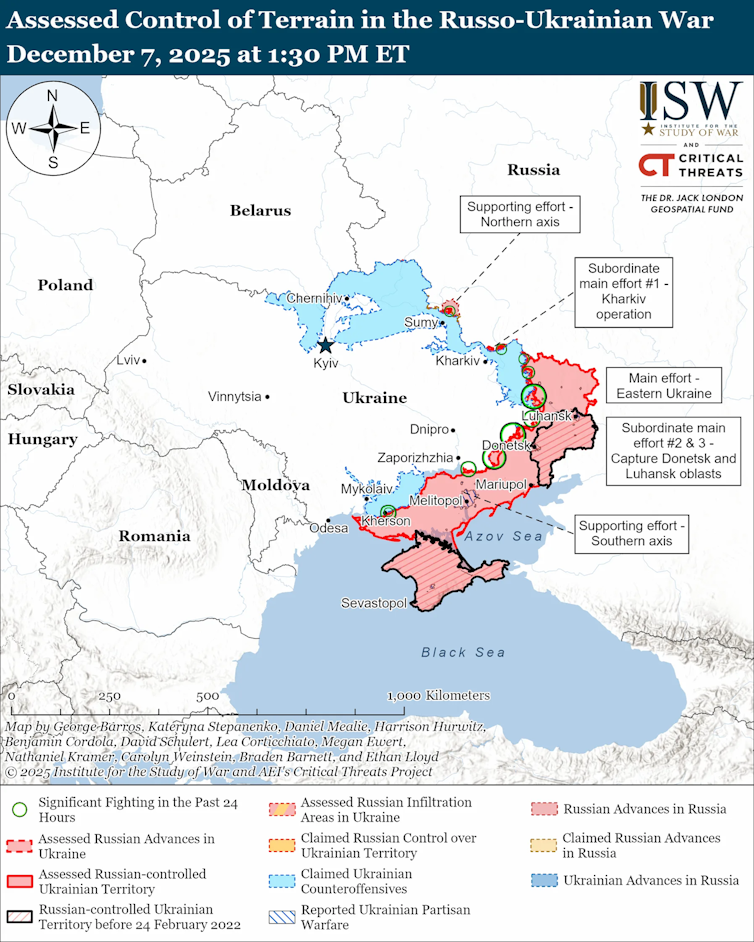After two years of violence and the deaths of 68,000 Palestinians and more than 1,200 Israelis, most of them civilians, it has been reported that Hamas and the Netanyahu government will sign a phase 1 ceasefire agreement.
This is the first part of a 20-point plan promoted by the US president, Donald Trump, and supported by the major Arab power brokers in the region.
What we know so far is that Israel will cease its military assault in Gaza. Hamas, meanwhile, has agreed to free the remaining 20 Israeli hostages still alive in Gaza.
The Conversation’s international affairs editor Jonathan Este spoke with Scott Lucas, a Middle East expert at University College Dublin, who addressed several key issues.
How is this different to previous ceasefire agreements?
Until we have details, this agreement is similar to the phase 1 60-day ceasefire at the start of 2025. There is a pause in the killing, particularly from the Israeli side, but lasting arrangements remain to be confirmed.
The key difference is that Hamas released only some hostages and bodies in the previous ceasefire. This time they are freeing all hostages and the bodies which can be collected, in return for a still unannounced number of Palestinian detainees released from Israeli prisons.
That gives up Hamas’s main leverage against not only Israeli attacks but also the Netanyahu government’s occupation and veto on aid to Gaza.
So key elements of a lasting deal – the extent of the Israeli military’s withdrawal, the restoration of aid, the establishment of governance and security in the Strip – will rest on guarantees and who provides them.
What are the possible sticking points for the rest of the deal?
The immediate “sticking points” are whether central provisions will be agreed in further discussions.
The Israelis will demand complete disarmament by Hamas and possibly the expulsion of some of its officials. Hamas is likely to respond with rejection of any forced removals and its retention of “defensive” weapons.
The make-up of the international “board” overseeing the strip is vague beyond Donald Trump declaring himself the chair and no provision for any Palestinian representation. Hamas will probably seek some Palestinian membership.
At this point, the International Stabilization Force for the Strip is a wish rather than a plan. Israeli agreement to a force replacing its military in Gaza is far from assured, especially as it is not clear who will contribute personnel. The Italian foreign minister, Antonio Tajani, has offered to send troops to contribute to the force.
The plan for a day-to-day government to administer the Strip is equally sketchy. While the presence of Palestinian technocrats is mentioned in Trump’s “plan”, we do not know who these will be. We know that Hamas is excluded. Israel is also likely to veto the Palestinian Authority in the short-term. And the release from imprisonment of potential Palestinian leaders – such as Marwan Barghouti, who has been held by Israel for more than 20 years – is not confirmed.
And before consideration of all of these, there is the question of the far-right in the Netanyahu cabinet. The finance minister, Bezalel Smotrich, and national security minister, Itamar Ben-Gvir, have yet to comment on the latest news, but have previously opposed any deal short of the “total” defeat of Hamas and a long-term Israeli occupation. Neither have threatened to block the agreement – so far – but they have expressed opposition.
How much of this is due to pressure from Arab states?
While many headlines are likely to give the credit to Trump and his envoys, son-in-law Jared Kushner and real estate developer Steve Witkoff, the role of Arab states has been vital.
A month after Israel shattered Qatar’s sovereignty with the airstrike trying to assassinate Hamas’s negotiators, the Gulf state and Egypt were the brokers of this Phase 1 agreement. Behind the scenes, other Arab states and Turkey were urging Hamas to accept the Trump “plan” in principle and to reach a deal to release the hostages.
Those states will be needed for the next phase, particularly if Trump threatens to return to his previous position of a blank cheque for Israeli military operations and cut-off of aid.
Is there a future for Palestinian civilians in Gaza?
I hope so. The immediate issue is survival. The Israeli attacks have been paused. The urgent issue is getting essential aid into the Strip. Then it is a matter of being able to return to what is left of homes. The Trump administration has dropped its talk of displacement, stemming the demand of Netanyahu’s far-right ministers for the removal of many Gazans.
However, after two years of scorched-earth tactics by Israel, little is left of many of those homes. The majority of the health sector has been destroyed, as have many schools and other public buildings. Rafah has been razed, and Gaza City’s high rises have been blown apart.
Recovery cannot just focus on the profits to be made – including for Trump, Kushner, and Gulf state business interests – from the “development” of Trump’s “Riviera of the Middle East”. It has to begin with day-to-day subsistence for the civilians who have paid the heaviest price in this mass killing.
Does Trump get his Nobel peace prize now?
I don’t care. Sometimes good things happen from a convergence of cynical and self-serving motives. Trump is desperate for the Nobel peace prize because Barack Obama received it in 2009. Kushner, whose investment fund is bankrolled by Saudi Arabia and Qatar, and Gulf state entrepreneurs see the possibility of large profits. US-Gulf relations need to be repaired after the shock of Israel’s airstrike inside Qatar.
If that means lives are saved, fine. But those lives need to be saved not just for today or tomorrow. They need to be respected and supported with a lasting agreement for security and welfare.
And that would mean a two-state solution for both Palestinians and Israelis – something which the Netanyahu government and the Trump administration will not countenance. For Netanyahu and his ministers are devoted to expanding Israel’s illegal settlements, with the accompanying threat of violence, in the West Bank.
Celebrate phase 1 on the behalf of the Israeli hostages, their families, and Gaza’s civilians. And be clear about what is needed for phase 2, phase 3 and beyond.![]()
![]()
Scott Lucas, Professor of International Politics, Clinton Institute, University College Dublin
This article is republished from The Conversation under a Creative Commons license. Read the original article.




